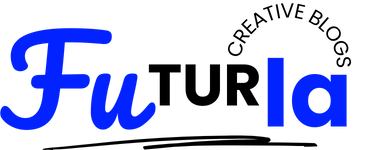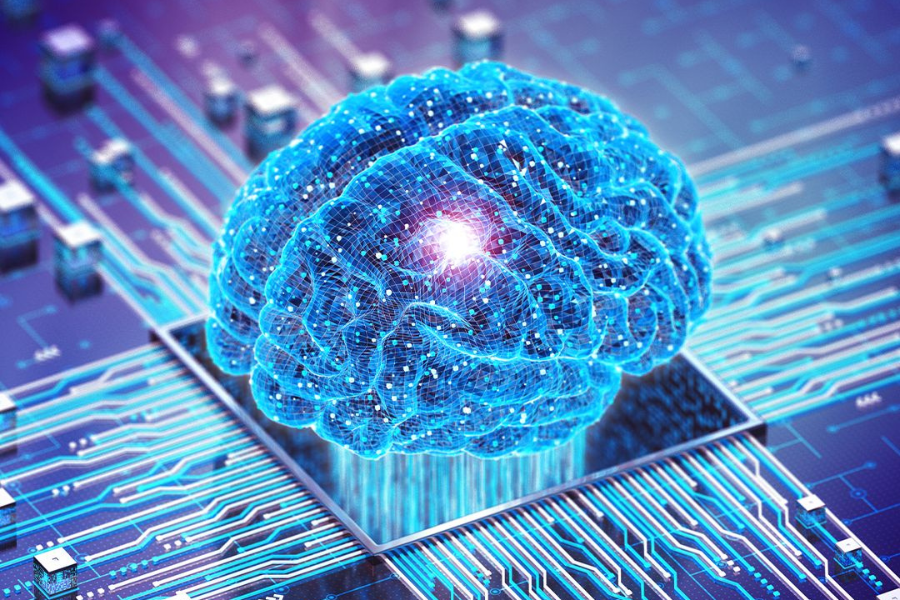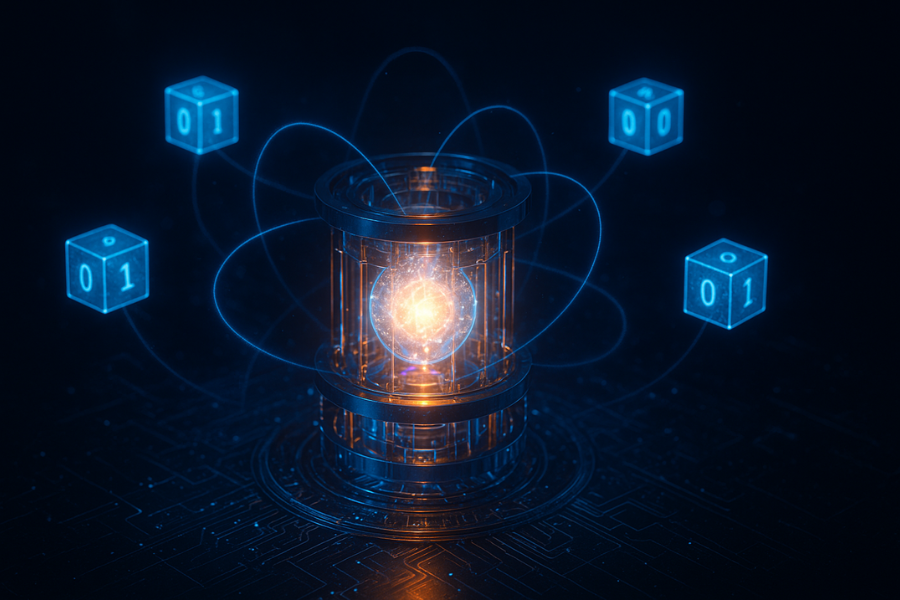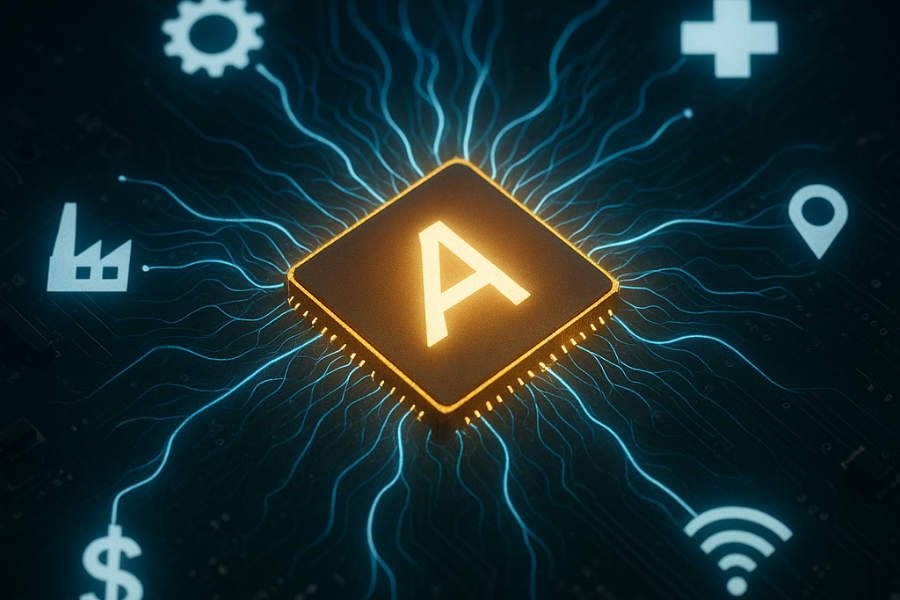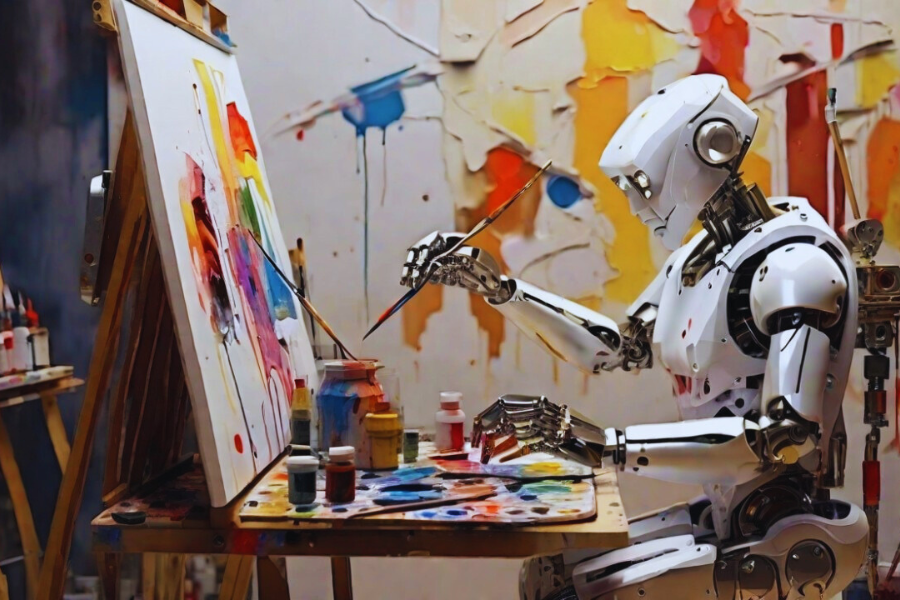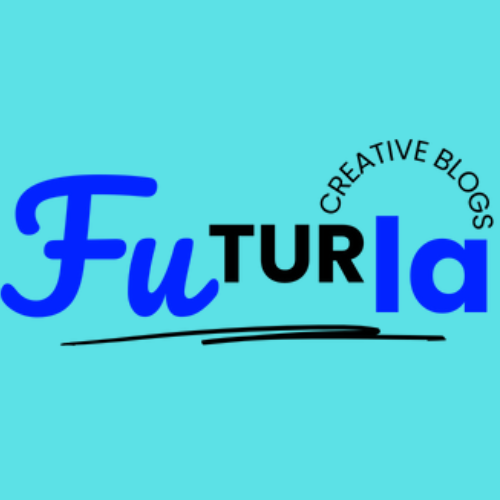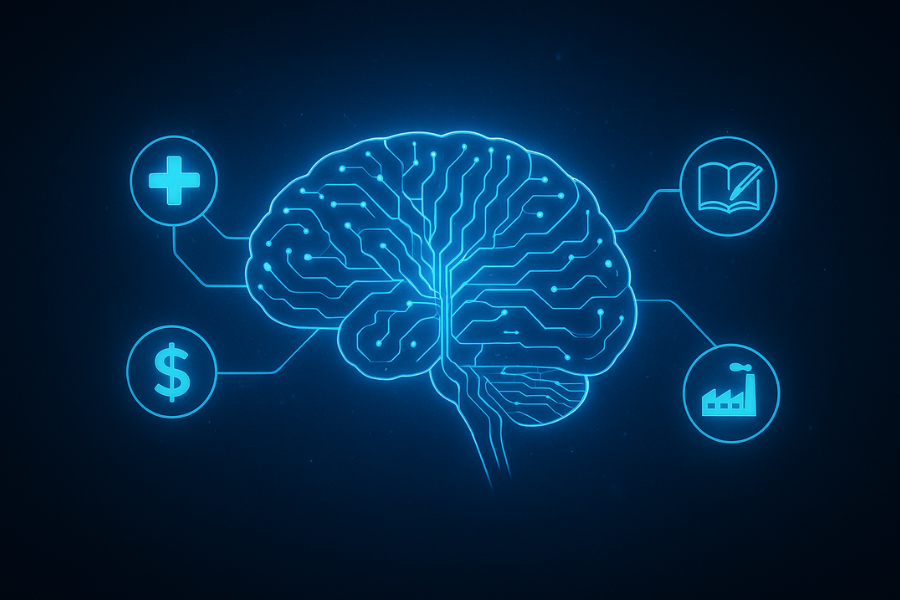Introduction: The New Creative Collaborator
For decades, creativity was seen as a uniquely human trait — a spark of inspiration that machines could never mimic. But in recent years, AI has entered the creative domain in a big way, shaking up our definition of art, music, design, and storytelling.
AI can now paint, compose, write, remix, and even invent — often with stunning originality. But it’s not just about replacing artists. It’s about enhancing creativity, expanding access, and co-creating in ways never before imagined.
From DALL·E-generated art to AI-produced symphonies, this fusion of intelligence and imagination is reshaping creative industries.
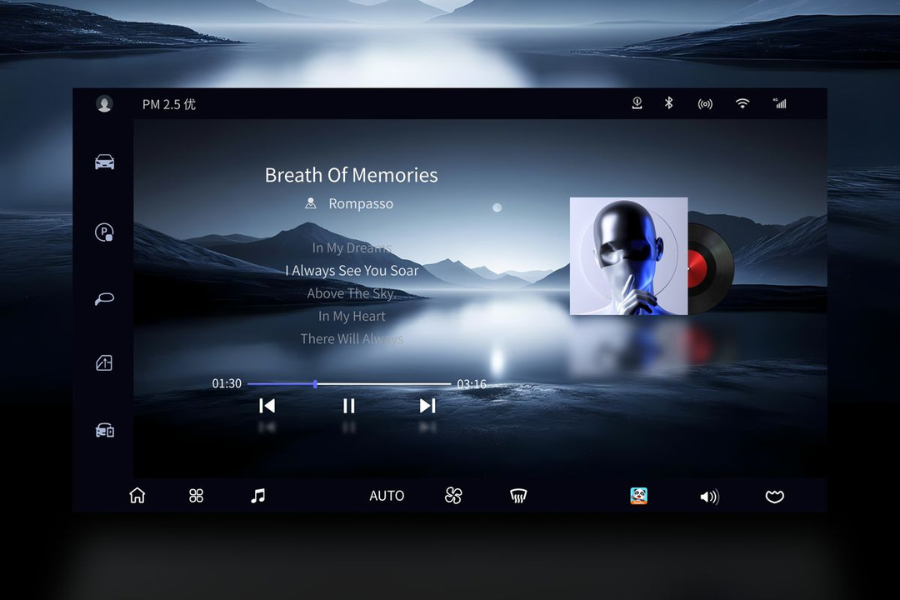
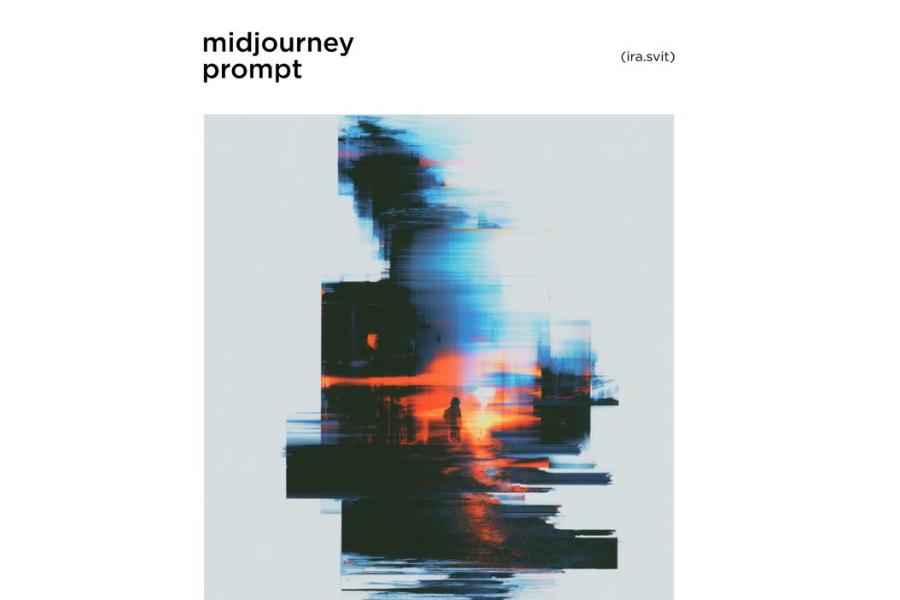
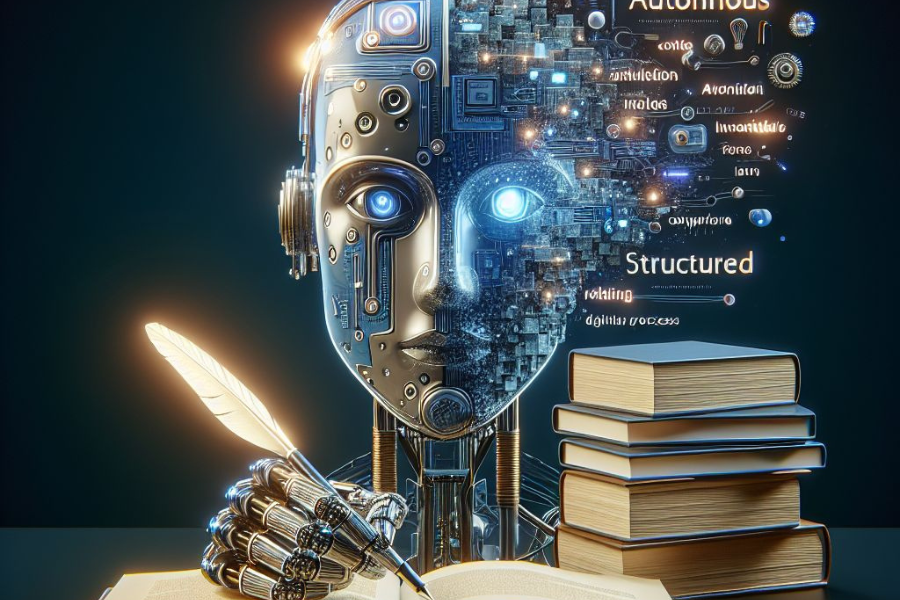
What is Creative AI?
Creative AI refers to artificial intelligence systems designed to generate or assist in creating artistic content. This includes:
Text generation (stories, poems, scripts)
Visual art (paintings, designs, animations)
Music composition (melodies, harmonies, lyrics)
Film & video editing
Fashion and product design
Unlike traditional AI, which focuses on logic or prediction, Creative AI taps into style, expression, and novelty.
Examples of AI in the Creative World
1. Visual Art & Design
Tools like DALL·E, Midjourney, and Stable Diffusion allow anyone to generate complex artwork from a text prompt.
Designers use AI to create logos, product mockups, and concept art — reducing weeks of work to minutes.
NFT art marketplaces are filled with AI-generated pieces that sell for thousands.
🎨 In 2023, a piece of AI-generated art won first place at the Colorado State Fair — sparking global debate about creativity and authorship.
2. Music & Audio Production
AI tools like AIVA, Amper Music, and Soundraw generate full tracks in seconds — based on genre, mood, and tempo.
Musicians use AI for beat generation, mastering, and remixing.
Google’s MusicLM creates original songs from text descriptions (e.g., “lo-fi jazz with rainfall sounds”).
🎧 Pop artists like Grimes and David Guetta now collaborate with AI systems as part of their music production workflows.
3. Storytelling & Scriptwriting
ChatGPT, Sudowrite, and AI Dungeon help authors brainstorm plots, generate dialogue, and overcome writer’s block.
AI is used in Hollywood to create script drafts, trailers, and even deepfake voiceovers.
Interactive games use AI to create dynamic storylines that respond to player actions.
4. Film, Animation & Game Design
AI tools can automatically animate characters, generate game levels, and enhance special effects.
In film production, AI assists with casting, budget forecasting, and scene planning.
Game developers use procedural generation powered by AI to build vast, explorable worlds.
Human + AI: The Co-Creation Model
AI doesn’t replace human creativity — it enhances it.
This new model of co-creation allows artists to:
Get inspiration or generate variations instantly
Iterate ideas faster
Break through creative blocks
Experiment without limits
For non-artists, Creative AI tools provide access to skills they never studied — making creativity more democratic.
🧠 It’s not “AI vs. Artist.” It’s “AI + Artist.”
How Does Creative AI Work?
Most creative AI systems use generative models, such as:
GANs (Generative Adversarial Networks): For image synthesis and art
Transformers (like GPT, MusicLM): For text, music, and voice
Diffusion models: For photo-realistic image creation
RNNs & VAEs: For early music generation
These models are trained on massive datasets — artworks, songs, scripts — learning to recognize patterns and generate new content based on them.
Challenges & Ethical Concerns
Authorship & Credit
Who owns AI-generated content? The user? The model? The company?Originality
Is AI art truly “original” if it’s based on existing work? Can it be plagiarized?Job Displacement
Will AI reduce the demand for human designers, composers, or writers?Bias & Representation
If AI is trained on biased datasets, it can reinforce stereotypes in art, media, and literature.Copyright Confusion
Laws worldwide still don’t fully recognize or regulate AI-generated creative work.
Future of Creative AI
The next few years will likely bring:
Hyper-personalized content: AI generating music, art, or stories tailored to individual tastes
AI in education: Teaching kids to code and create with AI tools
Real-time co-creation: Think “ChatGPT meets Photoshop meets GarageBand”
Blockchain + AI: Ensuring authorship and royalties for AI-assisted content
Conclusion
AI has officially entered the studio, the writer’s room, and the orchestra. But it’s not here to replace the spark of human imagination — it’s here to amplify it.
In a world where anyone can be an artist with just a prompt, the future of creativity is collaborative, inclusive, and powered by intelligent tools.
As we move forward, the most compelling stories, songs, and visuals may not come from humans or machines — but from both working together.
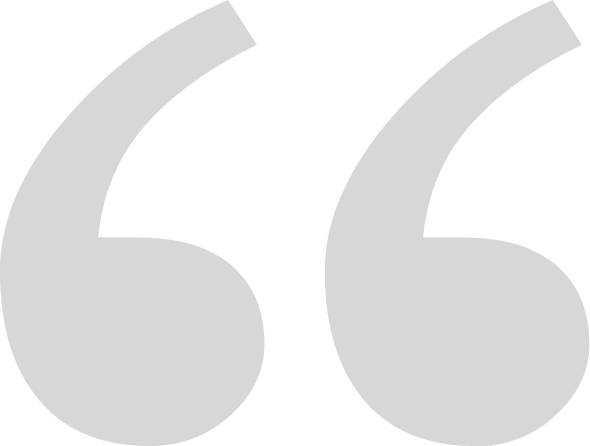
-Futurla
